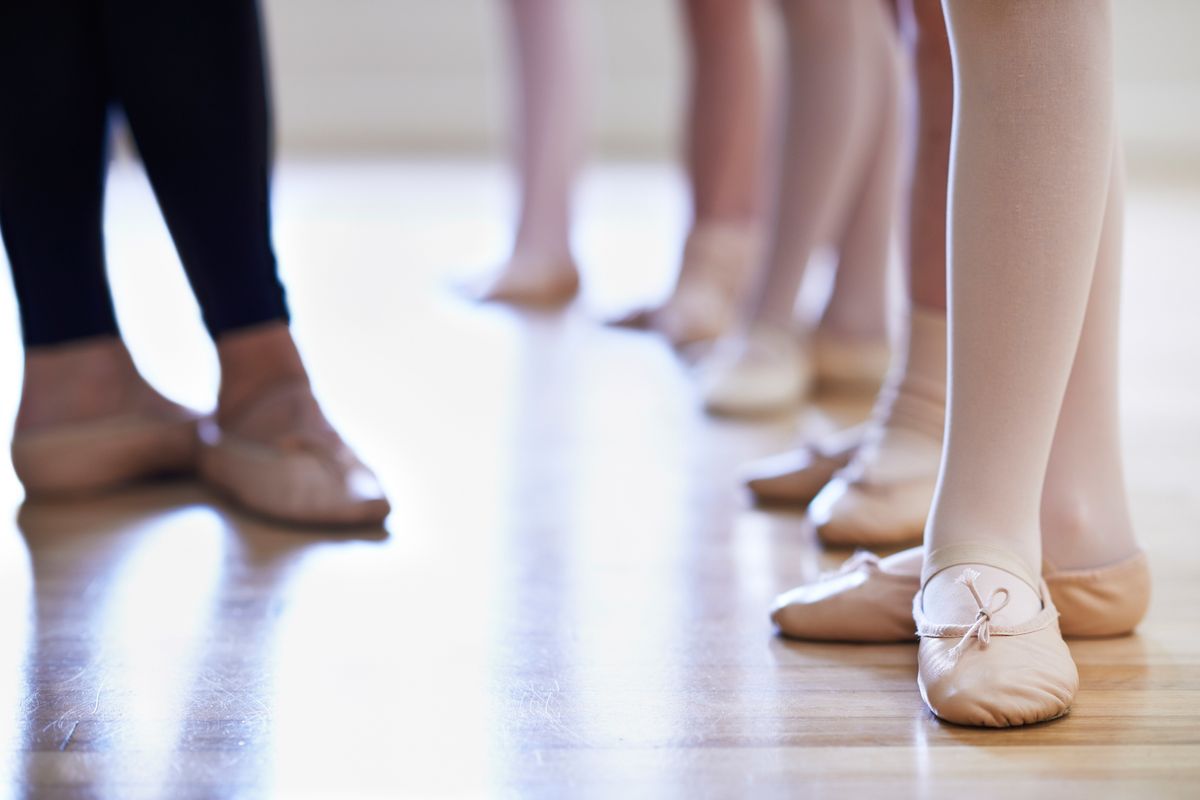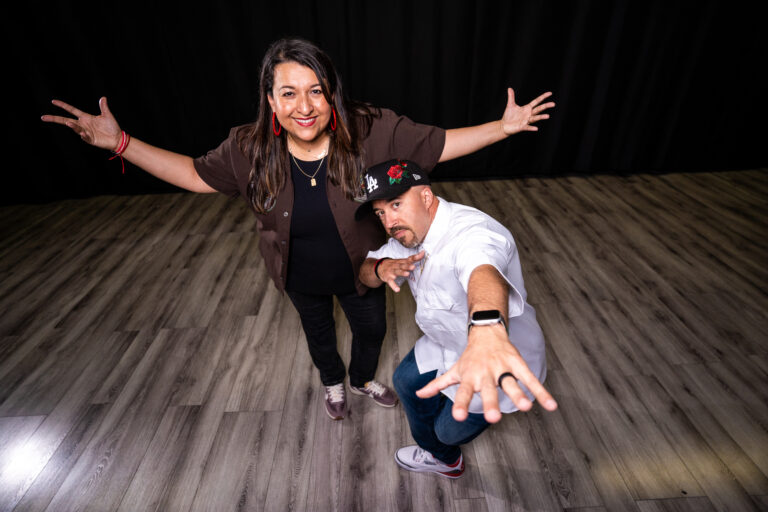
Your floor gets installed and everything looks and feels great, but somewhere down the line (it could be a couple of weeks, months or years) seams separate, the floor develops waves or becomes slippery.
What is going on? Was it the installation, defective material, or those who clean the floor? There are a number of reasons why the floor goes bump in the night. For every reason or cause, there is a solution. The problem is finding out what has been causing the mischief.
Let’s start with the installation. Were all the appropriate and approved materials for the job utilized or did someone try a short-cut to save money? If the slab (usually concrete) was not prepared prior to installation, that could be one indication why there is a problem. The slab needs to be level, smooth, and have a vapor barrier, either liquid or vinyl.
Floating wood subfloors need to be a rated underlayment grade plywood or engineered wood. The subfloor needs to be installed at least ½ inch from the walls to vent moisture that would otherwise collect under the subfloor. If the installer used nails or dry wall screws instead of wood countersink deck screws, those nails will eventually pop up, causing floor damage. Some subfloor systems require no screws, but can still be installed incorrectly resulting in failure.

Manufacturing defects can usually be seen, or will reveal themselves, in very short order after installation. Defective tape and adhesive are usual suspects if the top floor separates or bubbles up soon after installation. However, other factors could be the root cause.
Discolored flooring or floors with cuts or holes should never be installed in the first place. Take pictures and call the company that sold you the floor.
Feeling a bit overwhelmed with your flooring issues? Visit us here and we can help you work through it!
So let’s assume that all the proper materials and techniques were used and you still have the aforementioned problem or problems.
There are three areas of cause to be explored.
First is the physical studio itself. Have a skylight, windows, leaking pipes, sliding glass doors in the studio? Have a door that opens directly to the outside? These are all red flags that contribute to flooring systems failure. Direct sunlight has UV radiation that ages and shrinks flooring resulting in the floor cracking. Excessive heat will cause vinyl flooring to expand and create “waves” when installed with tape. Close the windows, and doors, and use drapes, or use blinds to block the sun.
Second, incorrect maintenance procedures cannot only contribute to floor problems, they can be a direct cause. Use of products not recommended for flooring can result in failure. Do not use ammonia, vinegar, alcohol, bleach, acetone, coke, or house cleaning products. Since most dance floor surfaces do not have a factory finish, these products can literally dissolve the flooring, cause the flooring to age prematurely, and become rigid, and/or cause the surface to pit and scratch. Check with the manufacturer about setting up a maintenance program with the recommended products floor maintenance.

All tape has a shelf life. Usually you have two to three years for double-faced tape and three to four months for top tape. Leave the tape down longer and it will eventually fail and when it does, the floor can fracture as it expands and contracts under variable heat conditions.
Moisture is an enemy of dance floor systems. Humidity, spillage, flood mopping, and leaks, even small ones, can impact the viability of your installation. Wood absorbs moisture. When it does it swells and expands. Since vinyl is not impacted directly by moisture in the same way, it tends to remain stable. The effect of moisture is the appearance that the floor is shrinking and gaps appear at the seams. The floor is not shrinking, it’s the moisture being absorbed by the wood. This can be confirmed by a moisture meter with readings more than 10%. A dehumidifier and proper maintenance procedures can address these problems. Repairs can also be made to the seams by adding a thin piece of flooring or by heat welding the seams.
The third cause for failure is environmental. With semi-permanent floor installs, extremes in temperature and/or humidity can negatively impact coefficient of friction (floors get slippery) installation, tape can fail, wood will swell, and flooring surface expands, creating waves. Stabilize the environment, and then reset/reinstall your flooring.
There are a variety of ways to address installation issue that occur down the road, but first identify the problem, then it is possible to right the ship and get back to dancing.
If you have questions, please feel free to give us a call for a consultation, or visit stagestep.com
Randy Swartz | Stagestep
(800) 523-0960 ext. 105



